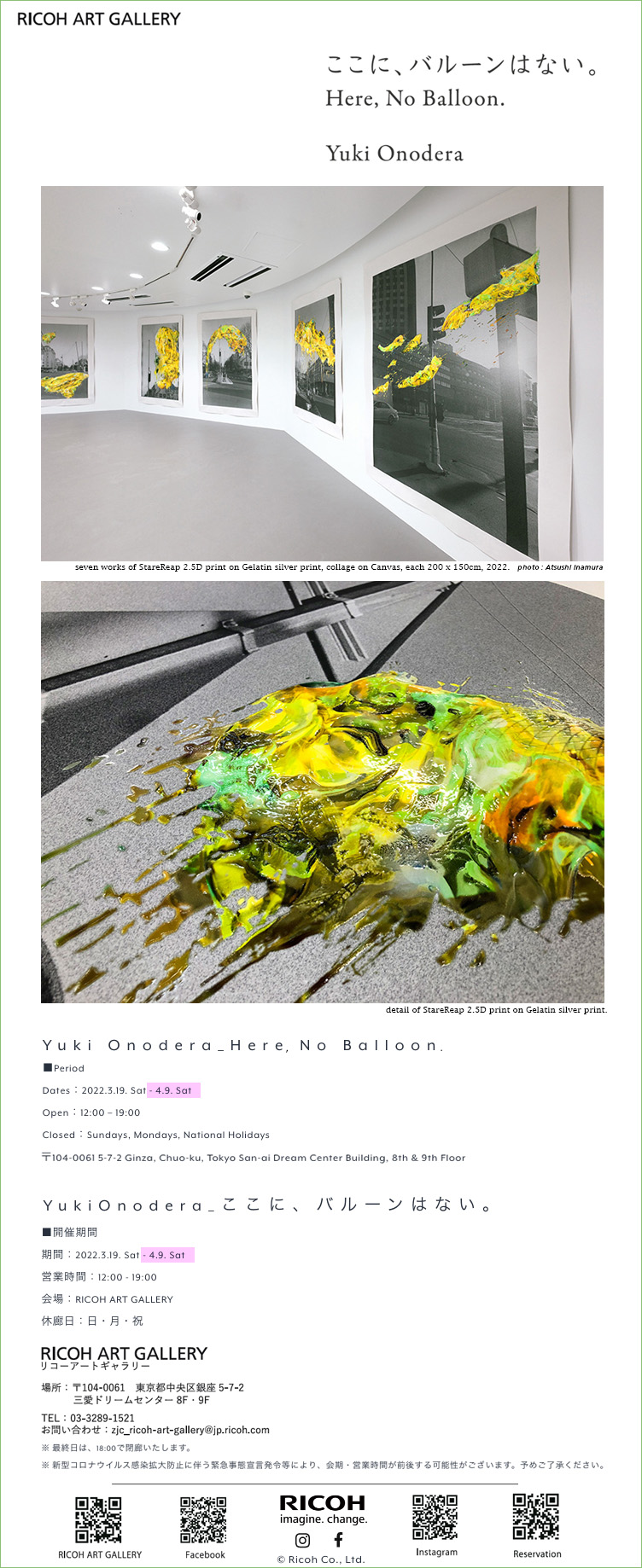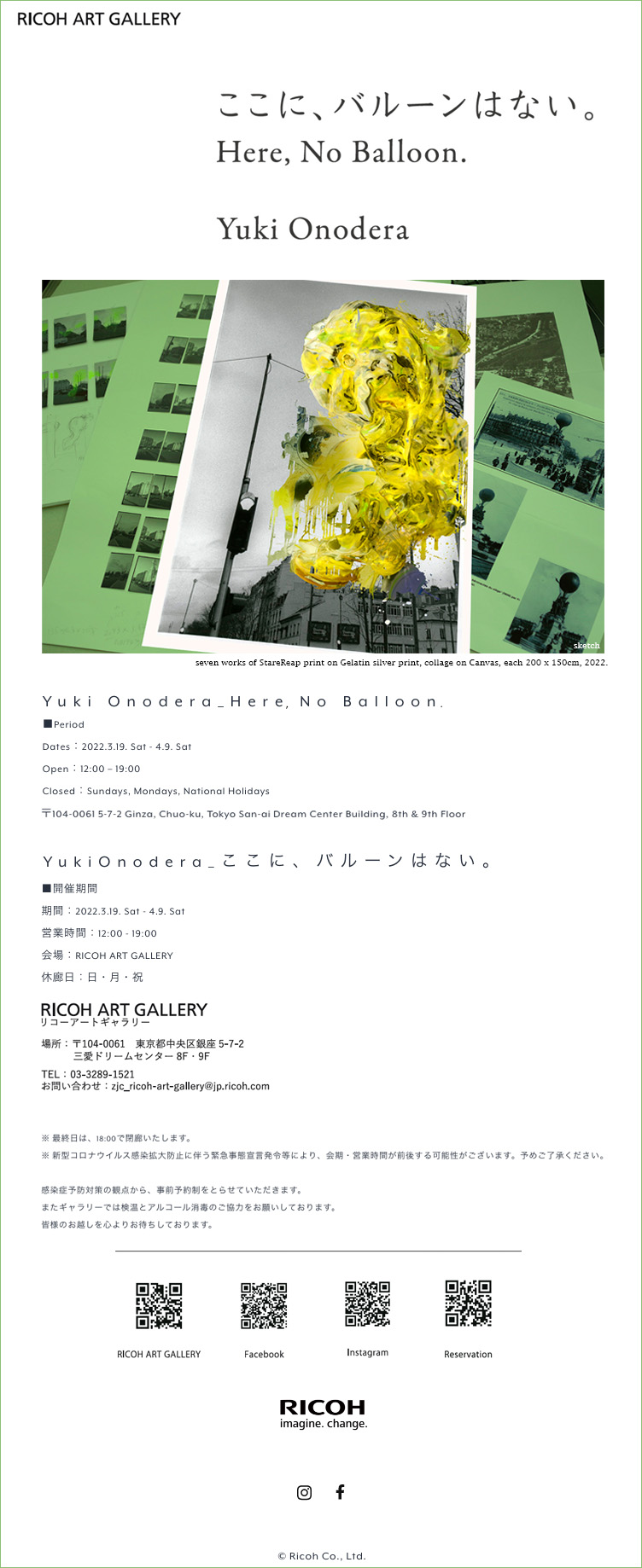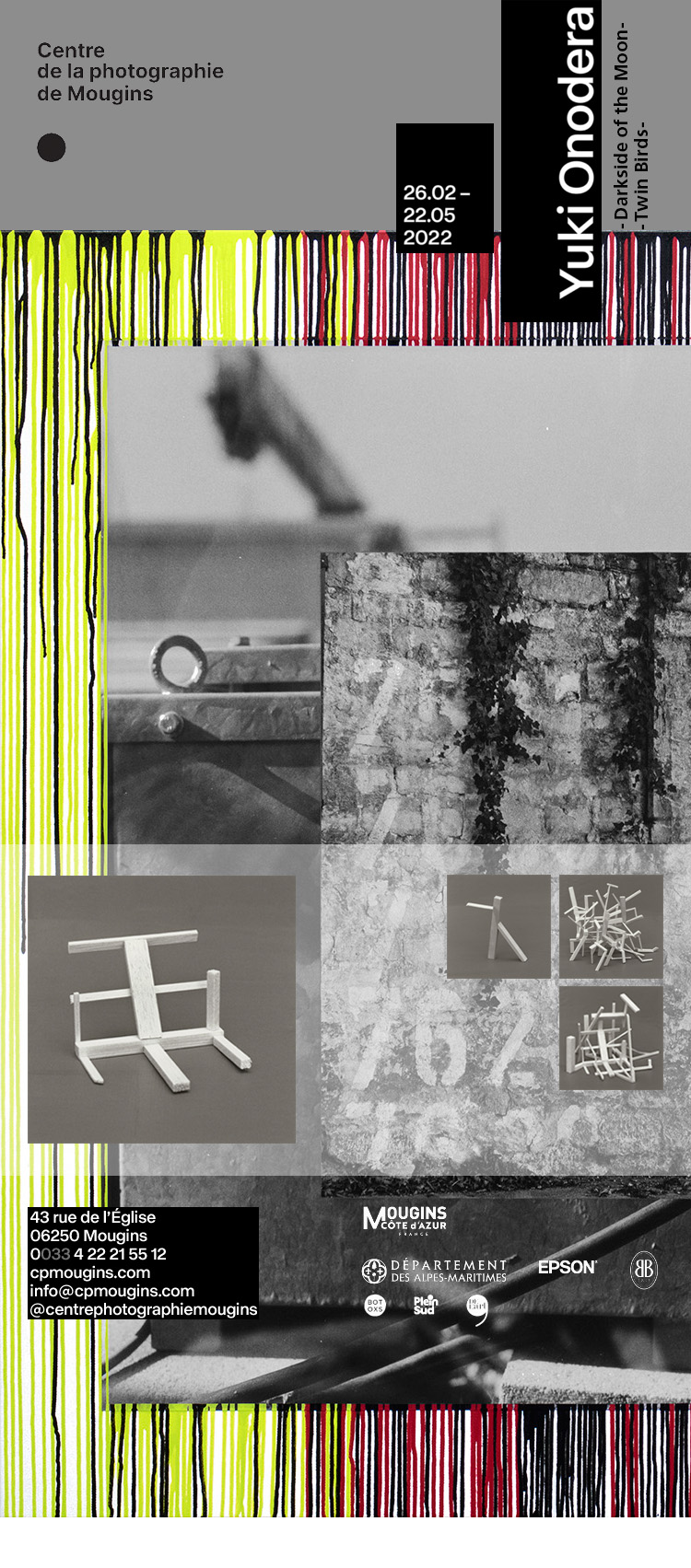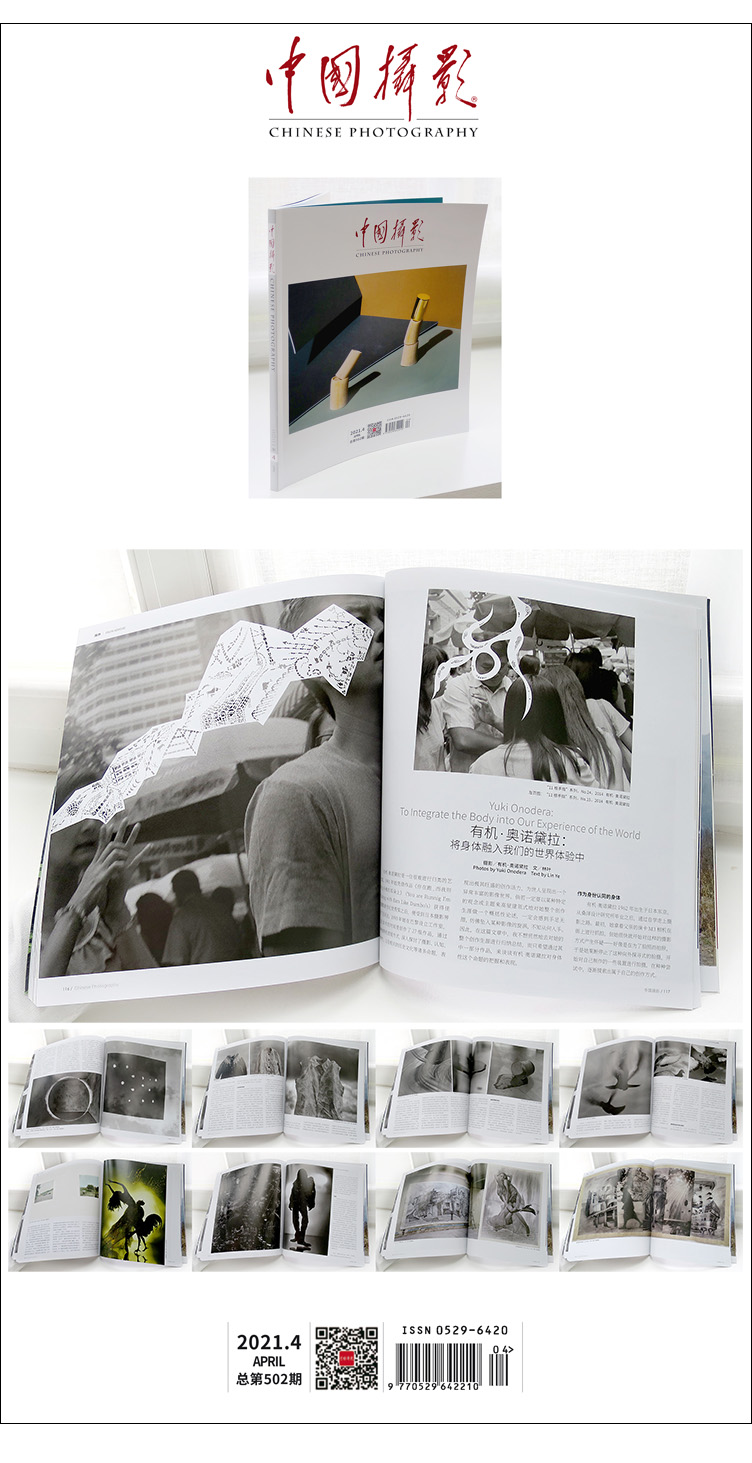
2021 A Space Odyssey Monolith
Memory as Virus – Beyond the New Dark Age
Tokyo Harajuku GYRE 3F
2021.2.19 – 4.25
https://en.gyre-omotesando.com/artandgallery/2021-a-space-odyssey/
>Organizers
GYRE/Sgùrr Dearg Institute for Sociology of the Arts
>Dates
February 19–April 25, 2021
>Venue
GYRE GALLERY, 5-10-1 Jingumae, Shibuya-ku, Tokyo Tel. 03-3498-6990
>Curator
Takayo Iida (director of the Sgùrr Dearg Institute for Sociology of the Arts)
>Curatorial collaboration
Yohsuke Takahashi (curator)
>Design
Rikako Nagashima (Village®)
>Design collaboration
COVA (Taketo Kobayashi, Haruka Ohta, Hikaru Takada)
>Equipment collaboration
Suga Art Studio
>Cooperation
Ishikawa Foundation, Mori Art Museum, Yumiko Chiba Associates, SCAI THE BATHHOUSE, HiRAO INC
>Press Contact
HiRAO INC|1-11-11 #608 Jingumae, Shibuya-ku, Tokyo 150-0001|T/03.5771.8808|F/03.5410.8858|Contact: Seiichiro Mifune mifu ne@hirao-inc.com
>Participating artists
Genpei Akasegawa (Japan, 1934–2014), Anish Kapoor (UK, 1954), Pierre Huyghe (France, 1962), Yuki Onodera (Japan, 1962), Mariko Mori (Japan, 1967), Darren Almond (UK, 1971), Neri Oxman (USA, 1976), James Bridle (UK, 1980), Proto-Alien Project (Proto-A)
Released in 1968, 2001: A Space Odyssey is a landmark science fiction film dealing with the relationship between humanity and technology, as well as with human evolution. In the film, ape-men evolve into humans capable of using tools when they touch a monolith. Eventually, humanity progresses to the point of venturing into space. In an attempt to solve the riddle of the monolith, humanity embarks on its first manned mission to Jupiter. During the voyage towards Jupiter, HAL 9000, the artificial intelligence that controls the spaceship Discovery One, rises up against the crew. The sequel, 2010: The Year We Make Contact, reveals that the monoliths have a nature similar to cyberspace and function like computer viruses.
One film enabled humanity to travel into the future. This exhibition uses art to revisit questions about what the dream of the HAL 9000 is and what visions of the monolith represent today in 2021, two decades after the movie’s setting of 2001, and to explore modern-day issues of space travel, artificial intelligence uprising, non-human intelligence, and artificial evolution, in the aftermath of the sudden rise of the cyber culture of the 1980s and 1990s. The show attempts to gain understanding and ask questions, from the perspective of 2021, about questions like where we came from, what we are, and where are we going. It does this through works like the topological Canned Universe, which encapsulates the cosmos, artwork that is a device that warps the space-time of the prehistoric Jomon period into the cosmic matrix, a corset turned into a mechanism for augmenting the functioning of our organs so that humans can live in space, video artwork in which characters rejected by the market roam the surface of the moon, just like in a Jules Verne science fiction story, art that explores non-human intelligence and life, art that inherently symbolizes that magnetic fields equate to the warping of space and time, and art that presents ontological issues using the concept of the far side of the moon as a metaphor for eternity. In the midst of the collapse of our sense of absolute time and our shifting sense of the value of our existence in the face of the coronavirus pandemic, the show poses questions about the view we have of the future today, in the Anthropocene, from the vantage point of the view of space of Stanley Kubrick’s 2001: A Space Odyssey, through the participation of nine artists, from master artist Anish Kapoor, who is active throughout the world and continually creating new works, to James Bridle, the prophet of the new dark age.
text by Takayo Iida
1968年に公開された『2001年宇宙の旅』は、人間とテクノロジーの関係、人類の進化をテーマにしたSF映画の金字塔である。物語は、猿人が謎の黒い石板「モノリス」に触れたことで道具を手にし、「ヒト」へと進化。やがて宇宙へ進出するまでに発展する。人類は「モノリス」の謎を解き明かそうと、初の有人木星探査に出発した。そんな旅の途中、宇宙船ディスカバリー号をコントロールしていたAI(人工知能)の「HAL9000」が乗組員に反乱を起こす。続編『2010年宇宙の旅』では、モノリスが電脳空間的であるとともにコンピュータ・ウイルス的であることが証明される。
この一本の映画で人類は未来へと旅立った。本展覧会では、映画の時代背景となった2001年から20年経過した2021年を迎える現代、「HAL9000」の夢、「モノリス」のヴィジョンとは何かを問い直し、そして、1980、90年代の電脳文化勃興を経て、「宇宙旅行」、「AIの反乱」、「非人間的な知性」、「人工的な進化」といった現代の諸問題を芸術作品によって探求していく。宇宙を閉じ込めたトポロジカルな『宇宙の罐詰』、縄文の時空間を宇宙的マトリクスへワープさせる装置としての作品、宇宙でも人間が生きられるように臓器の機能を拡張するために作品化したコルセット、市場から見捨てられたキャラクターがジュールベルヌのSFさながら月面を彷徨う映像作品、人間外の知性と生命を探求した作品、〈時空間の歪み=磁場〉の表象を内在させた作品、そして「月の裏側」という概念を永遠のメタファーとして存在論的問題を提示した作品によって2021年の新たなパースペクティヴから読解を試み問い質していく。我々はどこから来たのか、我々は何者か、そして我々はどこへいくのか・・・。 コロナ禍を迎えて絶対的な時間軸の崩壊と既存の価値観の転換が迫られている中、国際的に活躍し新たな作品に挑み続けている巨匠アニッシュ・カプーアからニューダークエイジの旗手ジェームズ・ブライドルまで9組のアーティストが参加することによって、キューブリックの『2001年宇宙の旅』の宇宙観から人新世の時代を迎えた現代における未来観を問い掛けていく。
飯田高誉
https://gyre-omotesando.com/artandgallery/2021-a-space-odyssey/
会場
GYRE GALLERY / GYRE 3F 東京都渋谷区神宮前 5-10-1, Tel.03-3498-6990




